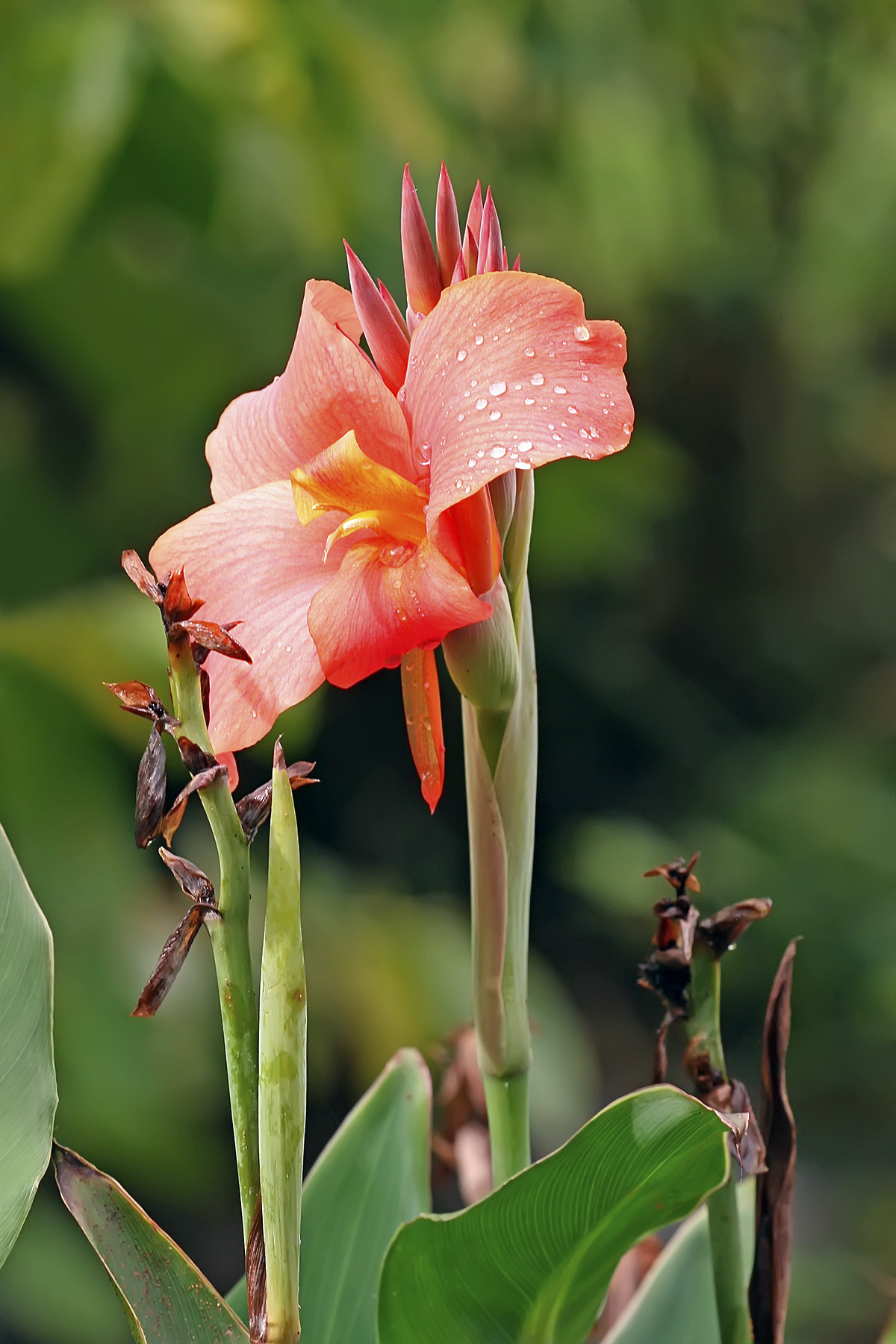Canna Lily: A Versatile and Vibrant Addition to Your Garden
Canna lilies, with their striking foliage and vibrant flowers, are a popular choice for gardens worldwide. These tropical plants offer a wide range of colors, sizes, and growth habits, making them suitable for various landscape styles. In this comprehensive guide, we will delve into the fascinating world of canna lilies, exploring their history, characteristics, cultivation techniques, and diverse uses.
A Brief History of Canna Lilies
The genus Canna belongs to the Cannaceae family and is native to tropical and subtropical regions of the Americas. These plants have been cultivated for centuries, with evidence of their use dating back to ancient civilizations. The Aztecs and Mayans are believed to have grown canna lilies for food, fiber, and ornamental purposes.

In the 16th century, European explorers introduced canna lilies to Europe, where they quickly gained popularity among gardeners. Over time, breeders developed numerous cultivars with varying characteristics, resulting in the wide range of canna lilies available today.
Characteristics of Canna Lily Plants
Canna lilies are known for their robust growth and striking appearance. Here are some key characteristics of these versatile plants:
Foliage: The leaves of canna lilies are large, oval-shaped, and often variegated with shades of green, red, purple, or bronze. They can be either upright or drooping, depending on the cultivar.
Cultivating Canna Lilies
Canna lilies are relatively easy to grow and thrive in various conditions. Here are some tips for cultivating these beautiful plants:
Sunlight: Canna lilies prefer full sun to partial shade. Adequate sunlight is essential for optimal growth and flowering.
Uses of Canna Lilies in the Garden
Canna lilies are versatile plants with numerous uses in the garden. Here are some popular ways to incorporate them into your landscape:
Borders and Edging: Canna lilies can create stunning borders and edgings in flower beds and vegetable gardens.
Conclusion
Canna lilies are a delightful addition to any garden, offering a combination of vibrant colors, striking foliage, and easy care. With their diverse growth habits and adaptability to various conditions, these plants can be enjoyed by gardeners of all skill levels. Whether you prefer bold, tropical displays or more subtle, understated beauty, canna lilies are sure to impress.